Suburban water supply: schemes and materials
What can you make a summer water supply with your own hands? Which pipes and valves should I use? How to ensure a constant supply of water within the site, if the garden partnership is served on a schedule?
Let's try to answer these questions.
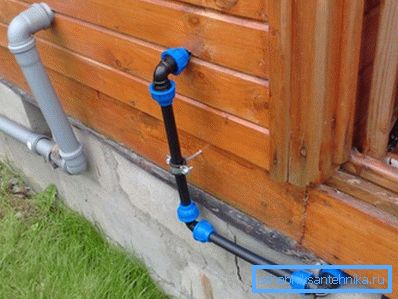
Go shopping
Let's start with the choice of materials.
Pipes
Let us recall the conditions in which the water supply system will be operated at the cottage.
- She will have to transport only and extremely cold water.
- Working pressure will not exceed 2.5-3 kgf / cm2.
If so - you can look at inexpensive polymer pipes. Among them, in turn, our choice will be a pressure polyethylene pipe.
Why precisely she?
- The running meter of a polyethylene pipe is noticeably lower than polypropylene or PVC, not to mention other materials.
- This plastic is flexible, which makes it possible to lay pipes with bends without fittings.
Not only that: polyethylene retains its elasticity in the cold. Even if the water remains frozen in the water supply, the pipe will not break, but only slightly stretch. When defrosting, it will return to its original size.
- Finally, compression fittings for polyethylene make it possible to dispense with any complex tools by assembling water supply systems in the summer house with their own hands in the literal sense of the word. All that is needed is a miter knife (as an option, an ordinary garden saw and a sharp knife for stripping the ends of burrs).
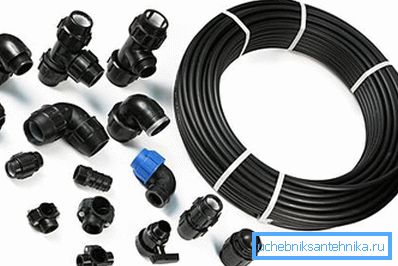
The size of the pipes depends on the intended flow of water:
| Consumption, l / s | Internal diameter of the pipeline, mm |
| 0,120 | ten |
| 0.360 | 15 |
| 0.720 | 20 |
| 1,440 | 25 |
| 2,400 | 32 |
| 3,600 | 40 |
| 6,000 | 50 |
Please note: polyethylene pipes are usually labeled with an outer diameter, which is one step larger than the inner diameter. Thus, the 32 mm pipe has an internal diameter of approximately 25 mm.
Fittings
Here you can also give very specific recommendations. Modern ball valves are used as shut-off valves. They are exceptionally fault tolerant and always keep water closed.
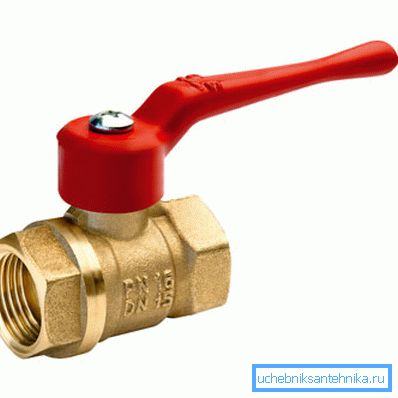
In points of water distribution cranes with ceramic cranes are mounted. Again, they differ from traditional screw taps in durability and fault tolerance: you can forget about packing the stuffing box and replacing gaskets for good.
Nuance: the installation of ceramic fittings implies the presence of a coarse filter. Sand or dross trapped between ceramic plates can chop them off.
In addition to the filter, the device dacha water supply with water supply from the well implies the presence of a check valve. It is placed on the suction inlet of the surface pump or in the outlet of the submersible. The valve will not allow the water to fill the pipe back into the well after the pump is turned off.
Pump
What should be the pump for the suburban water supply with water supply from a well or a natural reservoir? It all depends on the features of the water source.
With a short distance to the water mirror, the best choice is a surface pumping station. It comes with its own hydroaccumulator, which provides uninterrupted water supply when the pump stops. The maximum depth at which a surface pump can lift water is 7–9 meters.
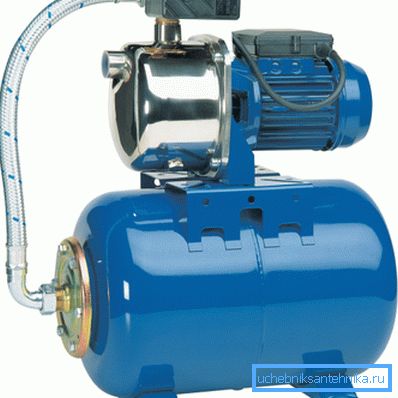
For a deep well with clean water, a vortex pump (centrifugal, with one impeller) will do. It provides excellent performance with good head due to the minimum clearance between the impeller and the cochlea (pump casing).
If the water contains a large amount of suspended matter, it is better to prefer a multistage centrifugal pump. The large clearance between the impellers and the housing makes it insensitive to silt and sand; several impellers on a common shaft with series-connected diffusers compensate for the inevitable pressure drop.
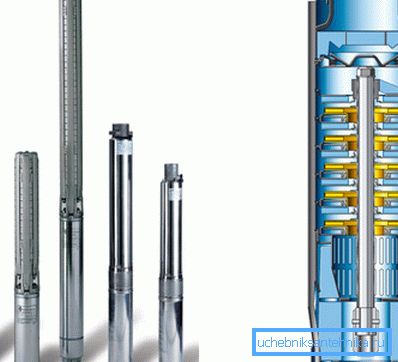
Schematic diagram
Continuous water supply can be implemented in two ways.
Accumulator
If the surface pumping station is usually already equipped with a hydroaccumulator, then the suburban water supply circuit with a submersible pump implies its separate installation. A hydroaccumulator is a steel tank divided by a rubber membrane into two compartments - the air and water chambers.
When the pump is running, the tank is filled with water; at the same time the air chamber creates excessive pressure and allows to use cranes after stopping the pump. When using a submersible pump, another additional element is needed - a pressure sensor with a switch that turns off and turns on the power when the threshold values are reached.
If necessary, several hydraulic accumulators can be installed in one water supply system. They can be mounted at any point in the water supply; their useful volumes are summed up, making the pump idle periods longer.

Storage capacity
The water supply system in the dacha cooperative with water supply according to the schedule is usually supplied with a cumulative capacity. Its volume is calculated depending on the daily water demand and the schedule for its submission. For example, with an average daily consumption of 400 liters and water supply twice a week, we need a capacity of 1500 liters, and with a daily supply and consumption of 200 liters per day, those 200 liters are enough.
As a rule, edible polyethylene tanks are used as a storage tank, which are already fitted with a drain pipe. It is better to prefer a tank made of dark plastic: in a tank permeable to sunlight, water will bloom quickly.
The tank is located in the attic of the country house (of course, if the ceiling can withstand its weight), on a welded stand or on a natural elevation. A head of 3-4 meters, albeit without a margin, but quite enough for the operation of sanitary devices of any type, including flow heaters and washing machines. The water supply is connected to the drain connection after the valve, which allows, if necessary, disconnect the tank from the water supply.
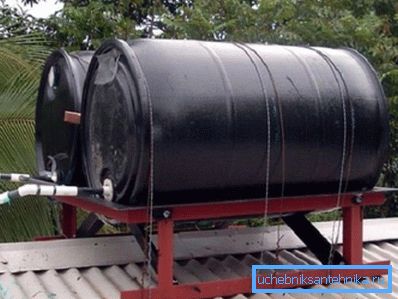
How to implement automatic filling capacity?
- We make in its side wall as close as possible to the neck a hole with a diameter of 18 millimeters.
Hint: if there is no drill of a suitable size, the hole in the plastic wall can be carefully cut with a sharp narrow knife.
- Install in this hole inlet valve for the cistern of the toilet bowl. Sealing is provided by the supplied rubber pads.
- We connect the inlet water supply system to the valve - directly with a polyethylene pipe with a fitting adapter for half-inch threads or flexible connections.
If the container is installed in the attic, it would be a good idea to supply it with overflow. For this purpose, a sewer pipe with a diameter of 50 mm is inserted into the tank through a hole cut in the wall. The compound is sealed with silicone sealant.
Useful: in this case, the quality of the sealant is not worth saving. The production of famous manufacturers (Moment, Ceresite) is good, first of all, because it reliably adheres to complex surfaces, to which smooth polyethylene fully applies.
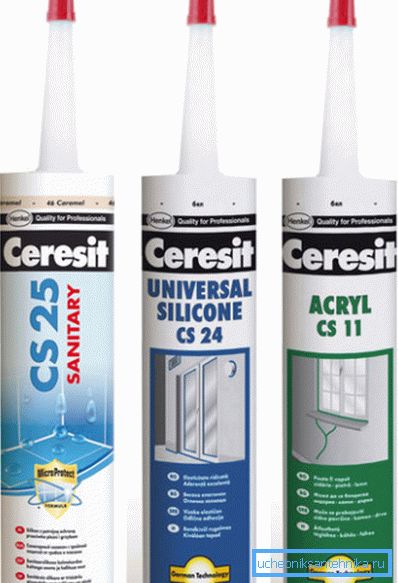
Useful stuff
Finally - a couple of useful tips:
- Using the cumulative capacity scheme of water supply in the country house with their own hands perfectly combined with the presence on the site of the well. In general, in this case, you can do without a stationary pump and a constant pipeline from the well: the tank can be simply filled through the hose as water flows.
- With year-round use of the water supply system, which is fed from the well, the pipe fits deeper than the level of soil freezing. The well is covered and insulated: thermal insulation will not allow it to freeze even at the peak of cold weather.
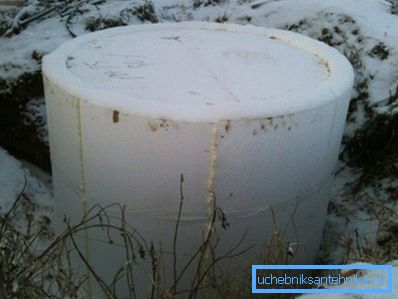
Conclusion
We hope that these recommendations will help the reader in the design and construction of water supply for their own summer cottage.
Additional materials can be found in the video in this article. Successes!